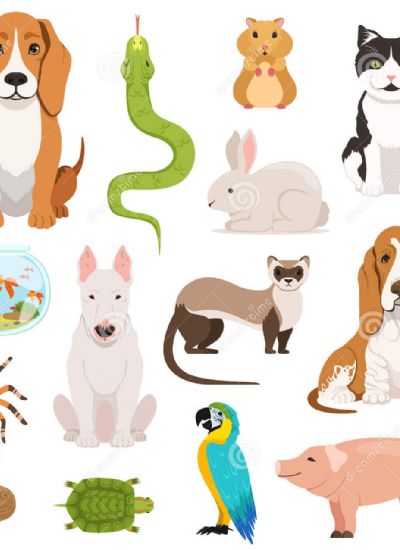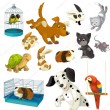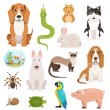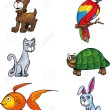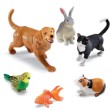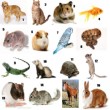Dog Tongue Injury
- Dogs are very curious, and investigate items with their mouth by biting, chewing or picking them up. If the item is rough, sharp or breaks easily when the dog puts it in its mouth, it can cut the tongue. Cuts, abrasions or lacerations are the most common type of dog tongue injury.
Inferior dog toys also can lead to serious tongue injuries and cases in which tongues had to be amputated have been reported. In 2008, a popular dog toy called the "pimple ball" was recalled for causing such an injury. A dog had punctured a hole in the toy, which created a vacuum-suction effect that sucked the dog's tongue through the sharp edges of the hole, cutting it severely. - Although small cuts or lesions on other parts of a dog may not be a cause for concern, tongue injuries can lead to significant issues. When a dog's tongue is cut, it bleeds excessively and this bleeding can be difficult to stop. Tongue injuries also are dangerous for dogs because they need their tongues to pant, which helps to control their internal temperature just as humans do when they sweat. If the dog cannot pant properly, it may overheat and die. The dog's tongue is vital for its survival.
- If the cut is small, a cloth dipped in very cold water can be placed over it to help form a blood clot and stop the bleeding. The cut should heal on its own after this.
- See a veterinarian immediately if the cut appears deep or the bleeding is difficult or impossible to stop. The aforementioned cloth dipped in cold water can be used in an attempt to bring the bleeding under control while heading to the veterinarian.
- Prevention is the key to avoiding dangerous dog tongue injuries. If your dog plays outside, ensure that sharp, rough or otherwise dangerous objects are not within its reach so it cannot put them in its mouth. Dogs also should be given only chew toys that are specifically designed for dogs and can withstand constant chewing and biting without shattering or breaking.
Meat for human consumption, such as t-bone steaks, should never be given to dogs unless they are thoroughly checked and any bones that could break and puncture the dog's tongue are removed.

